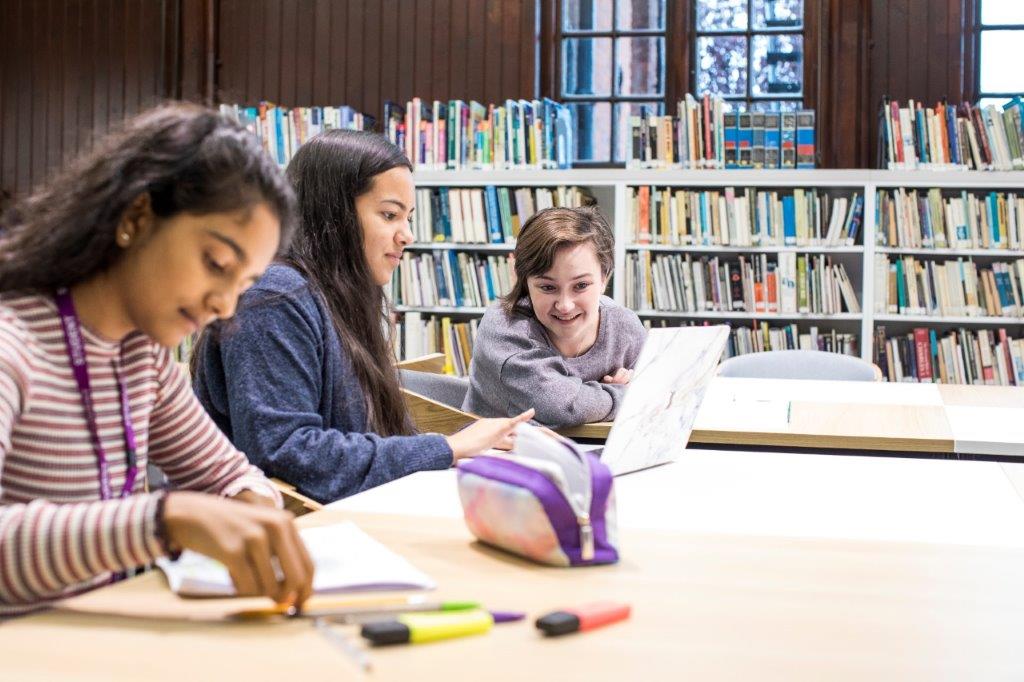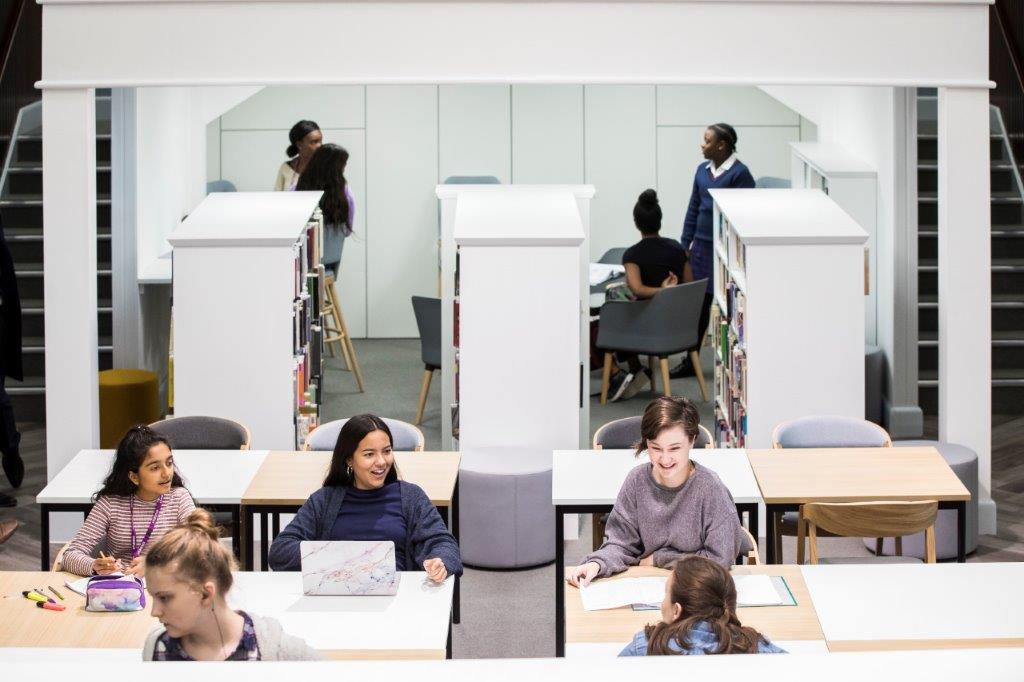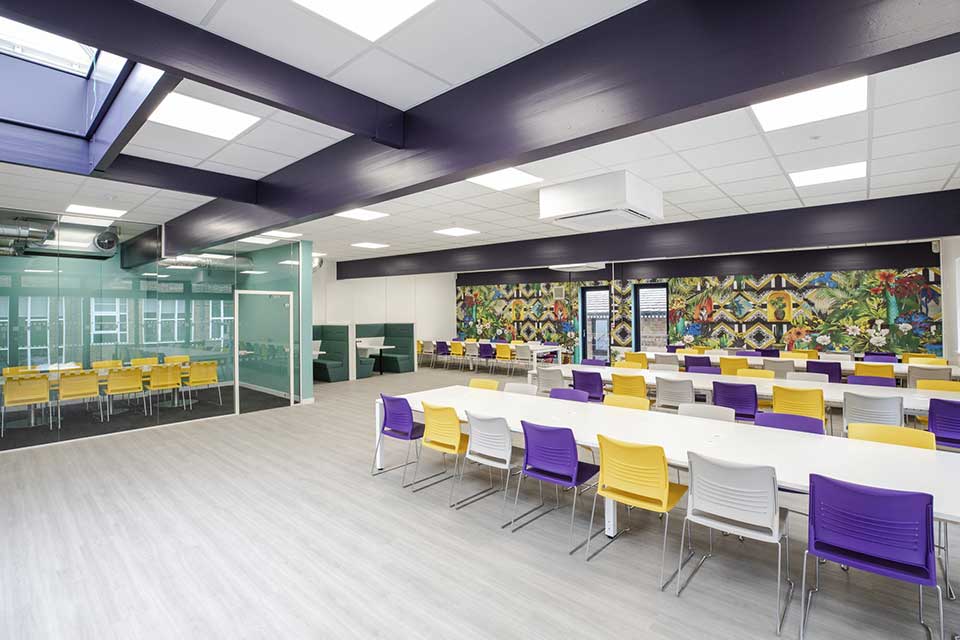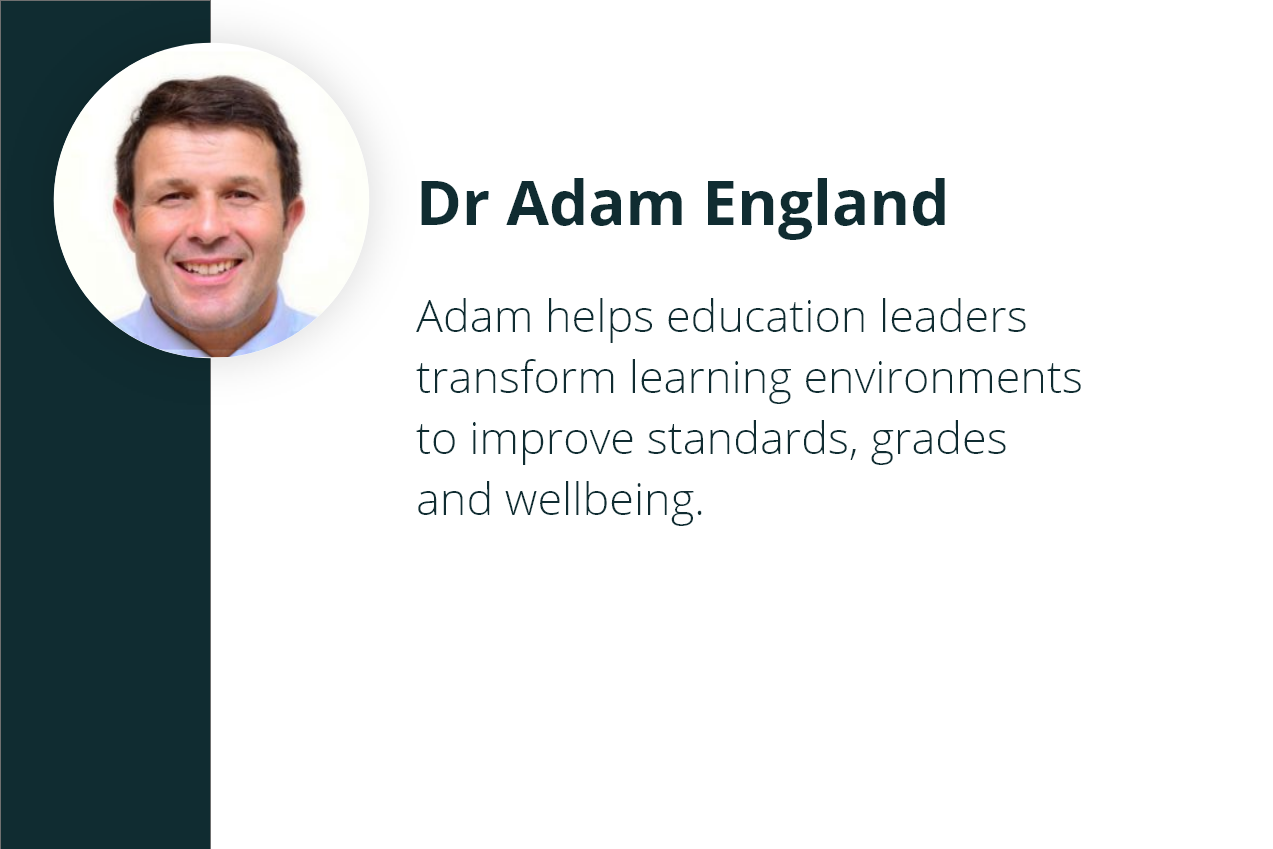International Women’s Day: Neuroarchitectural Philosophy and Girls’ Schools

Do an internet search for learning environments which support self-actualisation for girls and women and you will find stacks of pink, lots of fluffy toys and, doubtless, a genuine unicorn or too. I am not joking. And, as a designer of function-specific learning habitats, it infuriates me as there is so much more to designing an inclusive environment which supports successful incomes.
For most girls, their perception of success is closely linked to social recognition, self-realisation and self-actuation; a feeling of belonging is critical for enhancing self-esteem.
Psychosocial stress and diffuse awareness problematise engagement with homocentric learning spaces that are directly appropriated from boys’ schools and which are incommensurate with girls’ sense of what constitutes success; moreover, the traditional mono-dimensionality of boys’ learning environments codifies hierarchical power structures into the learning habitat which generates further detachment for girls from success, learning goals and self-regulation.
To allow girls to self-regulate, it is essential that they feel they belong to the learning habitat. This can be done only by a polymorphic, bio-adaptive and highly inclusive learning habitat which allows for girls’ multisensory sensitivity and unique socio-biological needs. This environment supports personalised learning while retaining close links with the immediate community of learners. The over-arching sense of belonging and associated mindfulness supports a greater capacity for self-regulation due to lower anxiety, enhanced self-worth and a corresponding understanding of what constitutes ethical and healthy social media usage.

Habitats, self-regulation and ethical social media usage
Clearly, consideration of how neuro-inclusivity supports belonging and engagement would support many neuro-inclusive initiatives, especially phone-free days.
People (adults and teenagers) engage with phone and media usage for a number of reasons in a scholastic setting, mostly because they are bored, uncomfortable, feel that they don’t belong in that setting or a mixture of all three.
Our visit to over 50 girls’ school, followed by a period of collegiate reflection and introspection, generated a number of revelations which included the following:
- For girls, success is predicated on social recognition and achievement, self-development and self-actualisation
- Diffused awareness is a big part of female psychology/biology; it is an instinctual awareness of surroundings, probably linked to our neanderthal evolution onwards and for obvious reasons connected with protecting newborns and recent additions to a tribe of hunter-gatherers
- Girls need to be given far more agency and control over their surroundings, which is easy enough to do with the polymorphism (inter alia) common to inclusive and empowering environments
- I would add that by manipulating optics and acoustics to give a diverse range of optimum combinations, the diffused awareness that characterises girls’ instincts and biology would allow for a calmer, more engaged focus on the present (mindfulness) and less of an anxious preoccupation with media and technology
- I would refer to this as something like ‘Neuroarchitectural Design for the Female Mind’ and would use it to enhance the perception of safety and engagement in public learning spaces in all girls’ schools
- That sensory integration/multisensory congruency further enhances the sense of belonging with peers and being in the moment, again refocussing minds on physical community rather than media
- Negative mental health is a product of codified male-centric power structures embedded in ‘I speak/you listen’ command and control environments, so these need to be replaced with knowledge creation centres and self-directed learning (heutagogy)
Working on these points supports a culture of wellbeing where it’s easy to enjoy good levels of self-esteem and to distance yourself from your phone and other digital media.

Spaces which benefit from humancentric design
As stated in the earlier discussion of neuroarchitecture, each typical learning space – classroom, library, science lab, sixth form area – was sub-optimal in terms of optics, acoustics, haptics, proprioception potential, polymorphism and zoning. Each space had essentially been ‘borrowed’ from a stereotypical and highly codified homocentric boys’ school. All spaces would thus benefit from the following:
- Targeted optical flow which replaces monolithic downlighting and combines natural and artificial light for maximum learner engagement
- Targeted acoustic management in the form of ceiling, wall, floor and furniture finishes to reduce reverberation significantly and facilitate prominent levels of neuroinclusion for both individual and collaborative work
- Polymorphicisation and biophilicisation of social spaces to support ownership of learning in a low-anxiety socially regenerative environment
- Careful zoning of all spaces to provide a range of low and high arousal areas that match the mood, energy and multiple neurologies of a diverse group of teenage learners
- Corridors and entrepreneurial spaces require, respectively, a transformation to the ‘boulevard of dreams’ (corridor) and a transition to a business-like commercial derivatives and financial products trading floor (entrepreneurial space)
Likely Outcomes:
- Improved learner engagement
- Better levels of wellbeing and self-esteem
- A greater sense of belonging and community
- A more noticeable capacity to self-regulate
- Higher levels of literacy and especially reading for inference
- A prevalence of carefully curated conversations between peers and between peers and teachers to support wellbeing and learning
- A greater diversity of opinions, supported by environments conducive to a variety of modalities of discourse which foster the art of disagreeing well
- Improved learner outcomes, both at an absolute and relative level, driven by engagement, self-esteem, peer support and ownership of learning
As Malala Yousafzai famously said after being shot in the head for her practices and beliefs, we cannot have an education system which leaves half of us behind. Unfortunately, this is what most learning environments are like for most women; command and control habitats are typically borrowed from traditional boys’ schools and, especially with the tsunami of teenage neurodiversity that has arisen post-COVID, they fail to ‘speak’ to a majority of female learners. It’s easy enough to change these habitats; the know-how exists and is in the hands of high-imapct experts like us so if you want to find out more, get in touch.





Leave a Reply